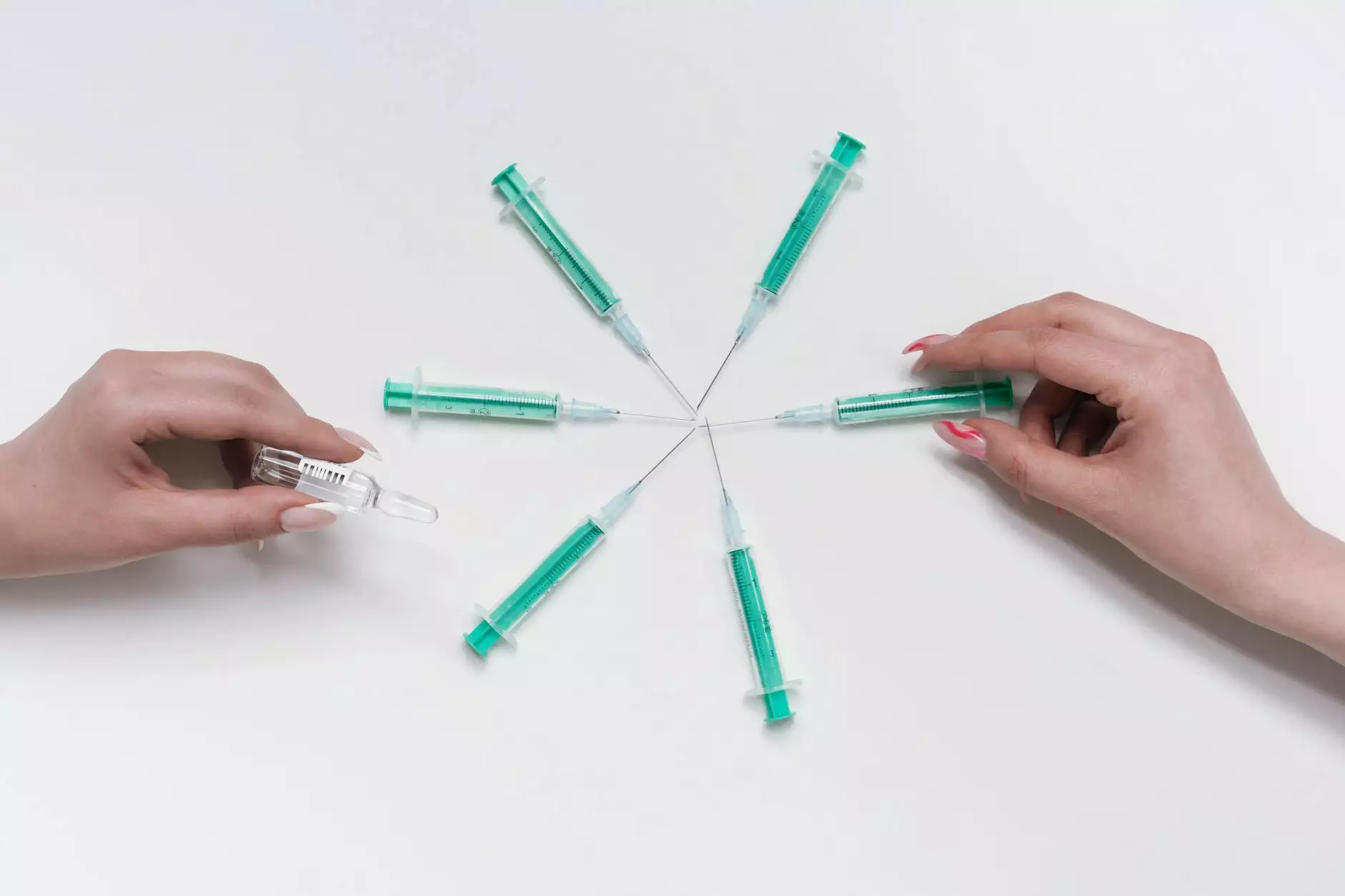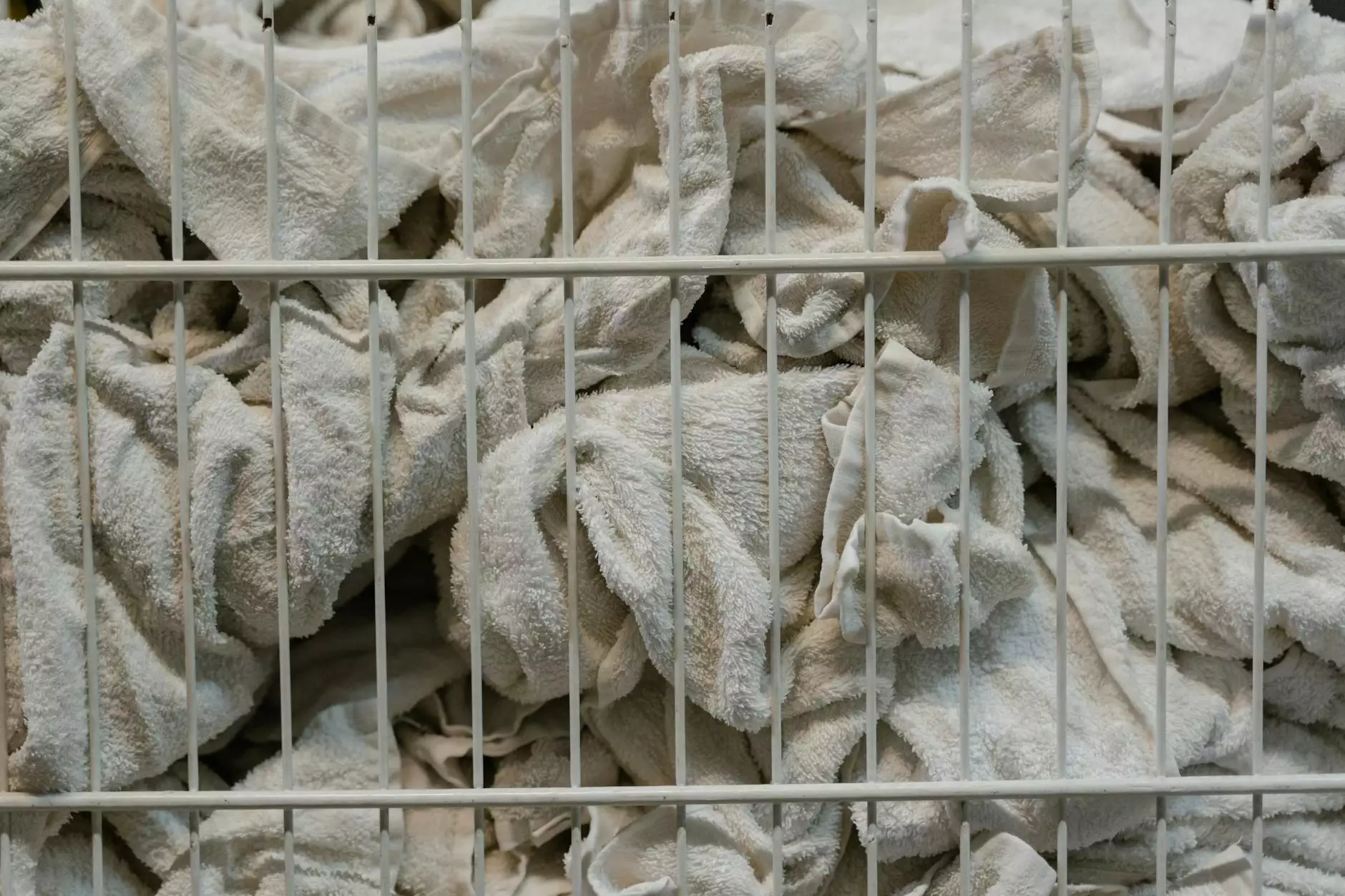Understanding Tendinitis and Tenosynovitis: Causes, Symptoms, and Treatment

Tendinitis and tenosynovitis are common conditions affecting various parts of the body, particularly among those who engage in repetitive motions or strenuous physical activities. These conditions can lead to pain, swelling, and decreased functionality of the affected area. In this detailed article, we will delve into the intricacies of tendinitis tenosynovitis, exploring their causes, symptoms, and comprehensive treatment options available to promote healing and restore quality of life.
What is Tendinitis?
Tendinitis is an inflammatory condition that affects the tendons, which are the thick fibrous cords that attach muscle to bone. It commonly occurs in areas such as the shoulders, elbows, wrists, knees, and heels. The inflammation typically arises from repetitive use, injury, or strain. Understanding the underlying causes can help in preventing and managing this condition effectively.
Causes of Tendinitis
- Repetitive Motion: Engaging in the same motion repeatedly can irritate the tendon.
- Aging: Tendons lose elasticity and strength with age, making them more susceptible to injury.
- Sports Activities: Participation in sports that require repetitive motions, such as swimming, baseball, and tennis.
- Improper Technique: Poor technique in sports or workouts can add undue stress to tendons.
- Occupational Hazards: Jobs that require repetitive motions or heavy lifting can lead to tendinitis.
Symptoms of Tendinitis
Recognizing the symptoms of tendinitis is crucial for early diagnosis and treatment. Common symptoms include:
- Pain: A dull ache that worsens with movement.
- Stiffness: Reduced range of motion in the affected joint.
- Swelling: Inflammation around the tendon.
- Tenderness: Sensitivity when the area is touched or pressed.
What is Tenosynovitis?
Tenosynovitis is closely related to tendinitis but specifically involves inflammation of the synovial sheath that surrounds a tendon. This condition often coexists with tendinitis, and both can cause significant discomfort and impair mobility.
Causes of Tenosynovitis
- Infection: Bacterial infections can cause inflammation in tenosynovitis.
- Rheumatoid Arthritis: This autoimmune condition can cause irritation to tendons and their sheaths.
- Gout: Crystal deposits can lead to inflammation of the synovial sheath.
- Repetitive Use: Similar to tendinitis, repetitive activities can lead to irritation and inflammation.
Symptoms of Tenosynovitis
Symptoms of tenosynovitis may overlap with those of tendinitis and include:
- Local Pain: Pain at the site of the tendon, often worsened by movement.
- Swelling: Noticeable swelling along the tendon sheath.
- Warmth: The area may feel warm to the touch.
- Creaking Sensation: A feeling of movement or creaking in the tendon during motion.
Diagnosis of Tendinitis and Tenosynovitis
Early diagnosis is essential for effective treatment of tendinitis tenosynovitis. A healthcare professional will typically perform the following to diagnose the condition:
- Physical Examination: Assessing the affected area for tenderness, swelling, and range of motion.
- Imaging Tests: X-rays or MRI scans may be used to get a clear view of the tendons and surrounding structures.
- Medical History: Gathering information about activities, previous injuries, and overall health is crucial.
Treatment Options for Tendinitis and Tenosynovitis
Treatment for these conditions generally focuses on reducing inflammation, relieving pain, and restoring functionality. Options include:
1. Rest and Activity Modification
Resting the affected area and modifying activities to avoid aggravating the condition is one of the first steps in treatment. This may involve:
- Taking breaks from repetitive activities.
- Wearing supportive splints or braces.
- Engaging in low-impact exercises to maintain mobility.
2. Physical Therapy
Engaging in physical therapy can be immensely beneficial. A physical therapist can design a rehabilitation program that includes:
- Stretching and Strengthening Exercises: To improve flexibility and strength in the affected area.
- Manual Therapy: Techniques to alleviate pain and improve mobility.
- Ultrasound Therapy: Utilizing sound waves to promote healing.
3. Medications
Over-the-counter or prescription medications may be recommended to alleviate pain and reduce inflammation, including:
- Non-Steroidal Anti-Inflammatory Drugs (NSAIDs): Such as ibuprofen or naproxen.
- Corticosteroid Injections: For more severe cases, injections can provide significant relief.
4. Alternative Therapies
Many individuals benefit from alternative therapies that complement traditional treatments:
- Acupuncture: May help in reducing pain and inflammation.
- Massage Therapy: Can improve circulation and relieve muscle tension.
- Herbal Remedies: Some find natural anti-inflammatories beneficial.
5. Surgical Intervention
In chronic or severe cases, surgical intervention may be necessary to correct the underlying problem. This can include:
- Tendon Repair: Repairing any damage or tears in the tendon.
- Decompression Surgery: Removing constrictive tissues around the tendon.
Preventive Measures for Tendinitis and Tenosynovitis
Preventing these conditions is often more manageable than treating them. Here are key strategies:
- Warm Up: Always warm up before engaging in physical activities.
- Use Proper Technique: Ensure correct body mechanics during sports and exercises.
- Take Breaks: Implement regular breaks during repetitive tasks.
- Strength Training: Build strength to support tendons effectively.
Living with Tendinitis and Tenosynovitis
Coping with tendinitis tenosynovitis can be challenging, but understanding the condition and engaging in proactive management can lead to improved quality of life. It's important to communicate with healthcare providers about symptoms, treatment effectiveness, and potential lifestyle adjustments needed for optimal recovery.
Conclusion
In summary, understanding tendinitis tenosynovitis is crucial for anyone who wishes to maintain an active and healthy lifestyle. By recognizing the symptoms, seeking timely medical attention, and adhering to comprehensive treatment and preventive strategies, individuals can manage these conditions effectively. Whether you are an athlete, a working professional, or simply someone who engages in everyday activities, knowledge and proactive measures are key to staying pain-free and functional.
For more information and resources related to health and wellness, visit us at iaom-us.com.









